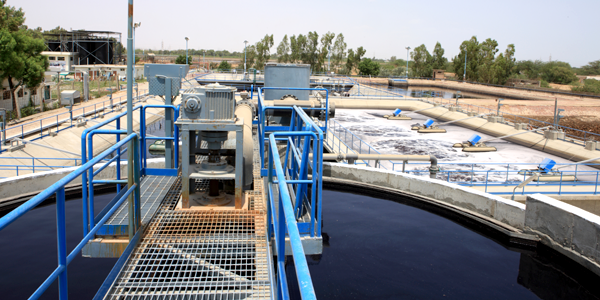India Rolls Out ‘ZLD’ Norms for Textile Industry
Dec 03, 2015
Government of India has directed the textile industry to adhere to Zero Liquid Discharge (ZLD) norms via draft notification. This is a move to curb the massive pollution caused by the textile industry. ZLD essentially means that a factory should recycle all its effluents and not release even a drop into the water bodies.
The policy is facing strong criticism from several sections due to strict ZLD norms and other clauses. The guideline says that all the textile units; be it dyeing units, cotton or wool processing units and integrated factories generating over 25 kilo litre of effluents daily must install Zero Liquid Discharge effluent treatment plants.
Also Read – Tirupur Textile Park will worsen pollution, says VCWF
The notification seems to be strict, but it is also being seen as a first serious step towards cleaning the pollutants that has been discharged into the water bodies by the textile units over the period of time.
The Indian textile industry is considered to be a heavy polluter, so much so that the courts have had to close some of the factories in Gujarat and Tamil Nadu in 2011.
Gujarat’s Vapi Industrial area that comprised 22 textile units, for example, had gravely polluted and destructed the ecosystem of the area, before it was shut down in 2011.
Also Read – Pollution Board proposes closure of Textile Park in Kolhapur
Mostly, the pollution is caused by untreated or partially-treated effluents released from the units into streams, rivers, oceans. It pollutes water bodies of the area and also contaminates the aquifers.
The implications of such a policy, if implemented, will hamper the growth of textile industry and a closer study reveals that it could do more harm than good, to both the industry and the environment.
There are several clauses in the draft policy that can annihilate the existence of the textile industry. Firstly, the draft policy is meant to force the textile industry to clean up its act wherein the “Zero Liquid Discharge” implies a complete stop to the release of any pollutants. But it has been observed that even when effluents are treated in a ZLD plant, sludge remains and has to be dumped.
Secondly, according to an estimate, a textile unit that generates 100 tonnes of effluents will end up generating 500 tonnes of effluents if they reduce the Chemical Oxygen Demand to 200mg/litre. This will create an issue of dumping the sludge.
Chemical Oxygen Demand or COD test is commonly used to indirectly measure the amount of organic compounds in water.
Lastly, the ZLD system is not very cost effective. Several small and medium scale industries cannot afford it even if they go for a common facility. This might force them to pull down their shutters.
Source: APPAREL RESOURCES
